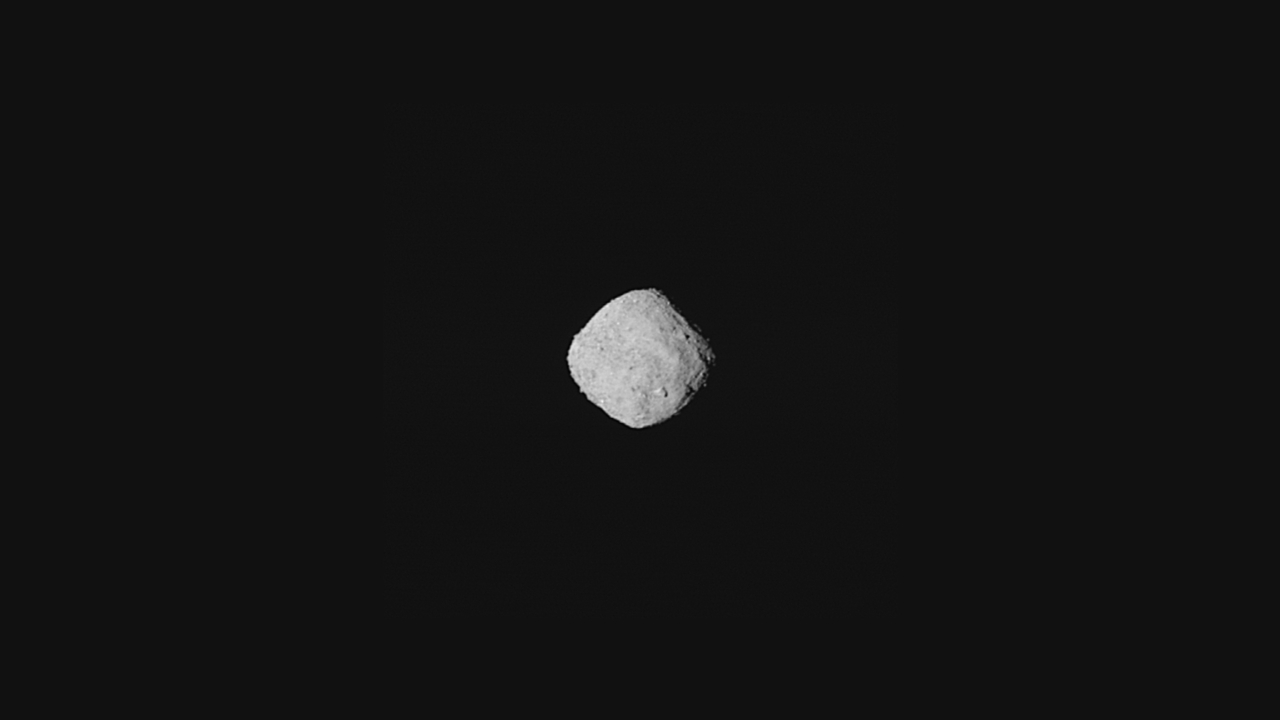NASA’s OSIRIS-REx spacecraft, launched to study a near-Earth asteroid Bennu, beamed back a “super-resolution” picture of the asteroid this week.
This past weekend, I used PolyCam to snap this image of Bennu spanning 50 pixels from about 480 miles (770 km) away. 📸 The asteroid's north pole is toward the top of the image, and a possible boulder formation is visible in the southern hemisphere. More: https://t.co/WeU3kh09gM pic.twitter.com/U9LuHwagdK
— NASA's OSIRIS-REx (@OSIRISREx) October 31, 2018
The spacecraft captured a view of Bennu ahead of it reaching the asteroid in a month’s time to collect and return samples as part of its 7-year mission. These drilled bits from Bennu’s surface could help geologists and astrophysicists uncover data about how the Solar system came to exist. Bennu’s snapshot was pieced together by NASA scientists from eight images taken by OSIRIS-REx’s camera on 20 October from an impressive 770 kilometres away. The spacecraft’s PolyCam camera captured a series of images over one minute as OSIRIS-REx approached the slowly-rotating Bennu. “Bennu occupies about 100 pixels and is oriented with its north pole at the top of the image,” NASA said in a statement. [caption id=“attachment_5493621” align=“alignnone” width=“1280”] An artist’s concept of the OSIRIS-REx’s sample collection instrument, TAGSAM. Image courtesy: NASA[/caption] Launched in September 2016, the OSIRIS-REx spacecraft will reach the asteroid in December this year, carrying five science instruments to study the asteroid’s composition and the loose material covering Bennu’s surface called ‘regolith’. This soil-like planetary dust is telling of the amount of carbon and the effect of the Sun’s radiation on its surface. After it approaches the asteroid in a few weeks, OSIRIS-REx will switch to another camera onboard — the MapCam — to generate more detailed coloured maps of Bennu’s silicate and water composition. OSIRIS-Rex is expected to return with samples from the near-Earth asteroid in 2023.


)
)
)
)
)
)
)
)
)



